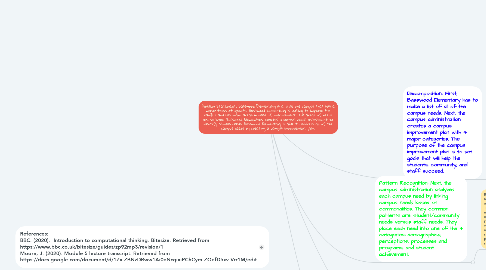Problem Statement: Basswood Elementary is a title one campus that has a major focus of growth. Basswood Elementary is looking to improve the campus and has many areas in need of improvement. The areas of needs are so large. Basswood Elementary creates a campus needs assessment to identify campus needs. Basswood Elementary is able to address all of the campus needs by creating a campus improvement plan.
by Ashley Callis


